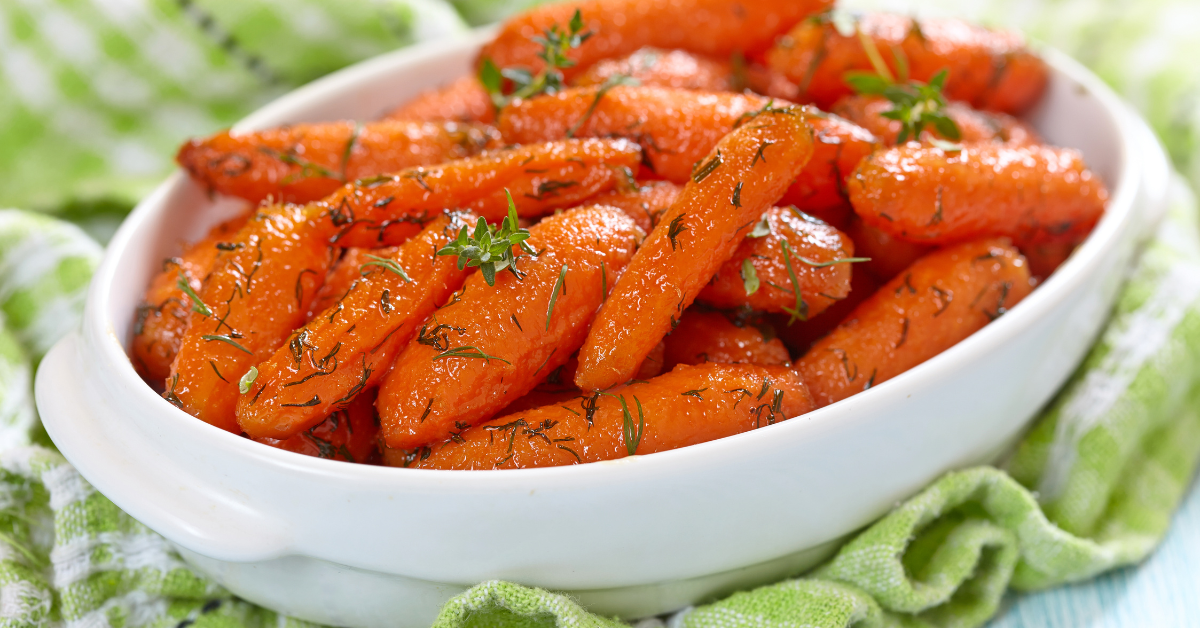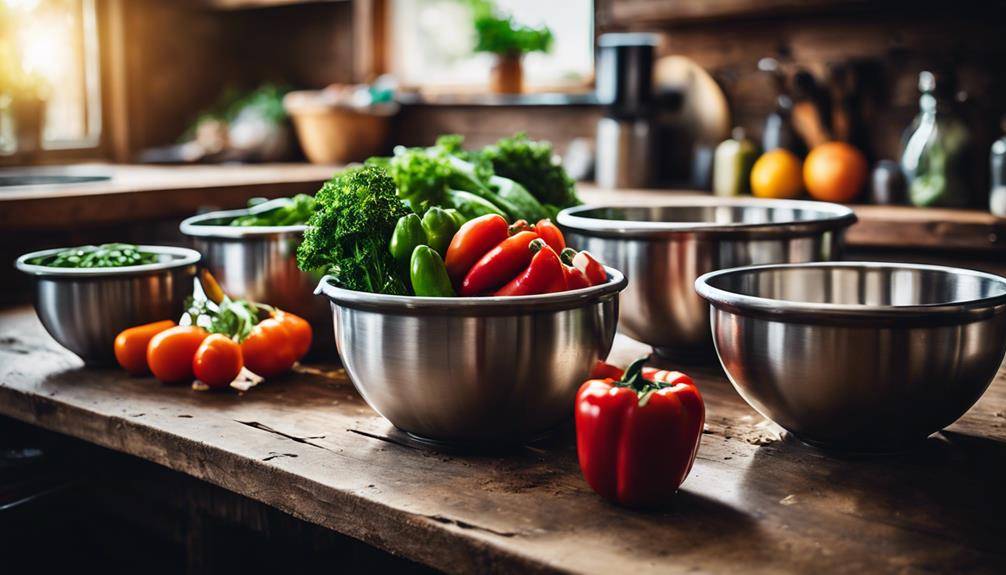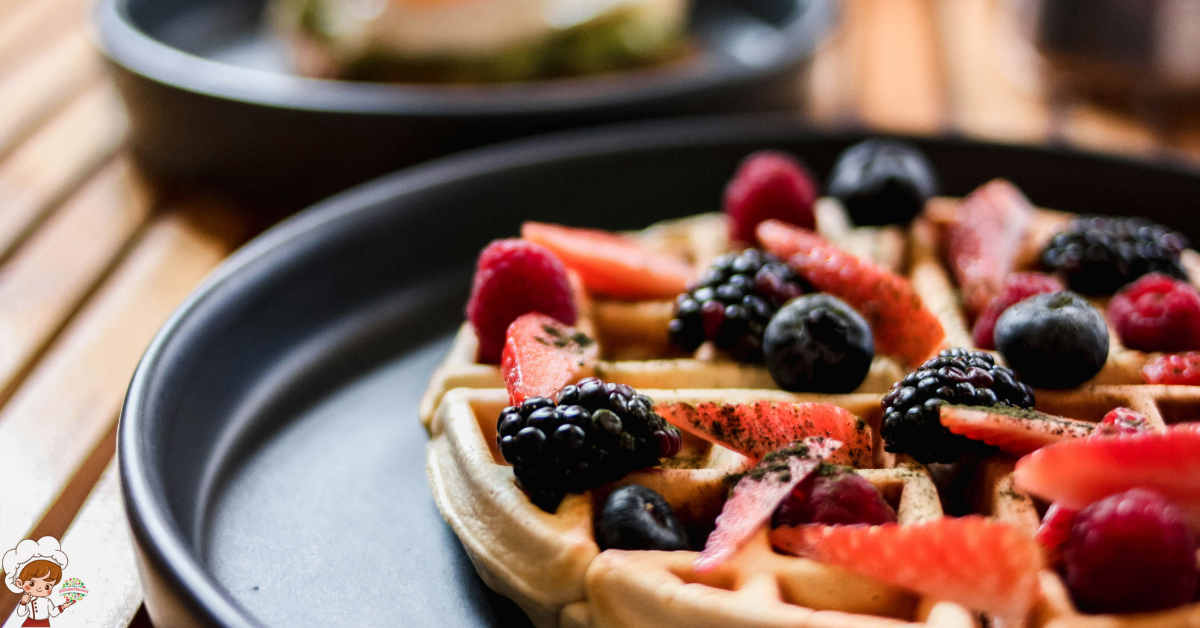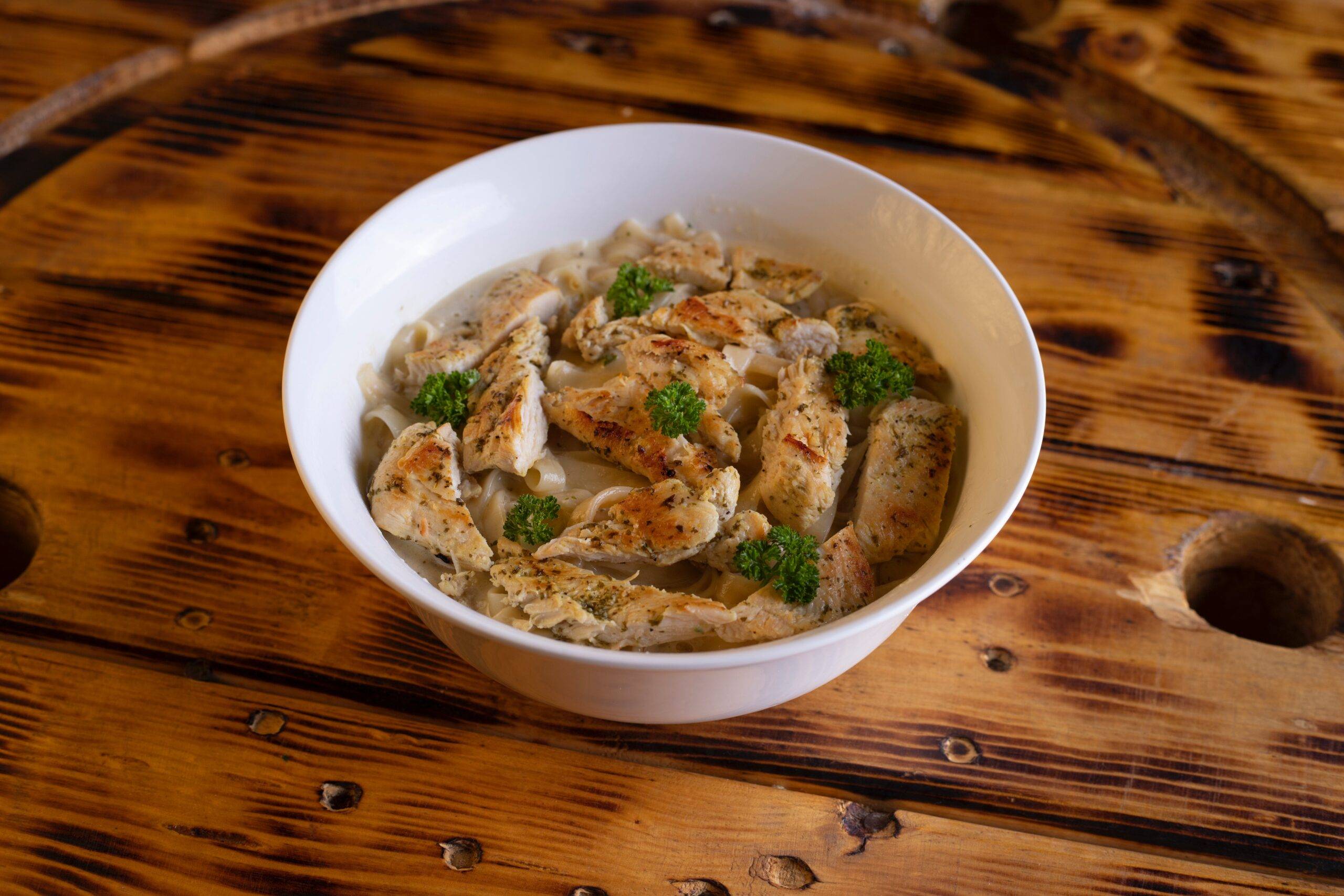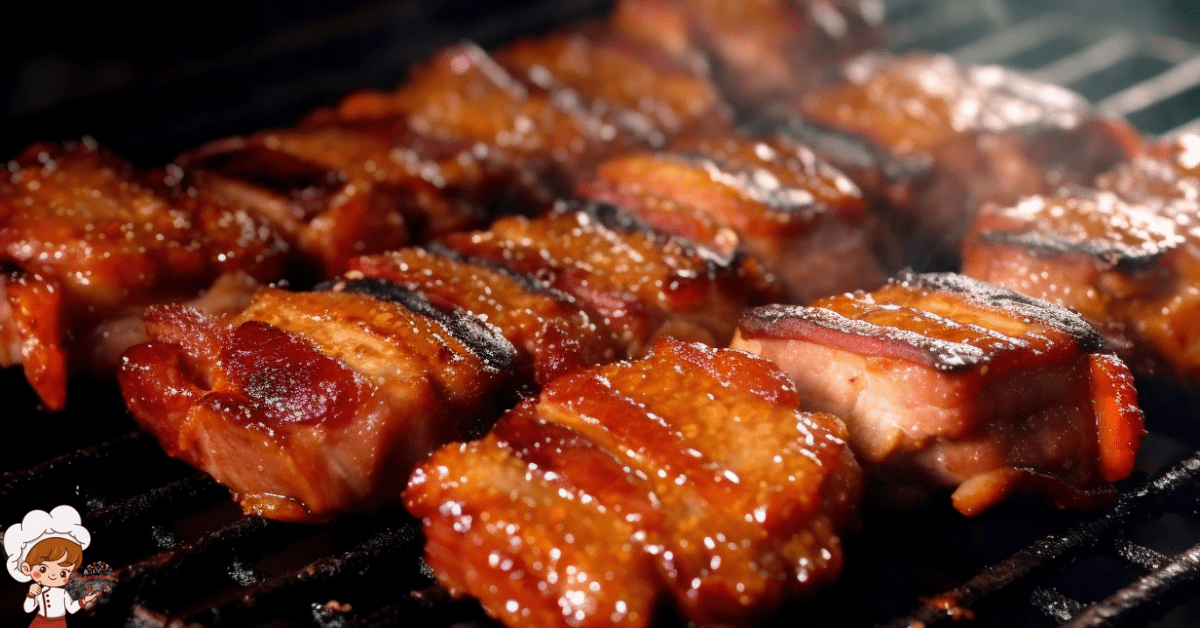The Amazing Smoky Evolution of Huli Huli Ribs

The Amazing Smoky Evolution of Huli Huli Ribs; When the fragrant aroma of smoky, sweet Hawaiian barbecue drifts through the air, it’s hard not to feel transported to a tropical island surrounded by palm trees and ocean breezes. At the heart of this culinary experience lies one of Hawaii’s most iconic contributions to global barbecue culture: Huli Huli.
While traditionally associated with chicken, the evolution of Huli Huli ribs—especially smoked Huli Huli ribs—has brought a new level of depth and richness to the dish. Today, smoked Huli Huli ribs represent a perfect harmony of Hawaiian flavors and slow-smoke techniques, fusing cultural heritage with contemporary cooking methods. But where did this tradition begin, and how did ribs become a part of it?
The Roots of Huli Huli in Hawaiian History
The story of Huli Huli begins not with ribs, but with chicken, and the history is as flavorful as the marinade itself. In post-World War II Hawaii, a new wave of community-focused cooking events began to emerge. These gatherings often involved large-scale barbecue fundraisers where volunteers would grill whole chickens between two grates, turning them continuously over open flames. The Hawaiian word “huli” means “to turn,” and each time the grill master shouted “huli,” the chicken was flipped to cook evenly. This simple, effective technique eventually became synonymous with the name of the dish.
The inventor of the Huli Huli method and sauce is widely credited to Ernest Morgado, a local businessman of Portuguese and Japanese descent. In 1955, Morgado created a unique marinade using pineapple juice, brown sugar, ginger, soy sauce, and garlic—ingredients that reflected Hawaii’s diverse culinary influences. At a Rotary Club meeting, he showcased his Huli Huli chicken, and its popularity skyrocketed almost immediately. The marinade’s ability to create a flavorful caramelization while keeping the meat tender became its signature feature.
By 1958, Morgado had officially trademarked the name “Huli Huli,” and for decades, Huli Huli chicken was sold at roadside stands, church fundraisers, and local markets throughout the Hawaiian islands. While its fame remained mostly regional in its early years, tourists who visited the islands and tasted the savory, tropical-scented chicken took the idea back with them, spreading awareness of Huli Huli far beyond Hawaii’s shores.
From Chicken to Ribs: The Flavor Migration
Although Huli Huli chicken remained the original and most famous version of the dish, it didn’t take long for adventurous home cooks and professional chefs to begin experimenting with the marinade on other proteins. Pork, particularly ribs, emerged as a natural companion to the Huli Huli profile. Pork is widely enjoyed across Polynesian and Asian cuisines, and ribs in particular provided a thick, meaty canvas for the marinade to penetrate.
Pork ribs also had historical roots in Hawaiian celebrations, particularly at lu‘aus, where they were roasted in underground imu ovens and flavored with natural seasonings. The idea of combining this celebratory meat with a beloved marinade like Huli Huli was more than culinary curiosity—it was a logical extension of tradition. The sauce clings well to the fat in ribs, allowing each bite to deliver layers of smoky, tangy, and sweet complexity.
Over time, Huli Huli ribs started to appear more frequently at barbecues, food festivals, and in Hawaiian fusion restaurants. The introduction of the smoking method, in particular, pushed the dish into a new echelon. While grilled Huli Huli ribs were already delicious, the art of smoking deepened the flavor profile and elevated the dish into the realm of serious barbecue.
The Art of Smoking in Hawaiian Cuisine
Hawaii has always had a relationship with slow-cooked and smoked meats, even before modern barbecue tools were introduced. The traditional method of cooking in an imu—an underground oven filled with hot rocks and covered with banana leaves—created a naturally smoked effect. Kalua pig, one of Hawaii’s most cherished dishes, is made this way, and its tender, smoky flavor is a beloved part of Hawaiian feasts.
As mainland-style smokers made their way to the islands, particularly during the mid-to-late 20th century, Hawaiian cooks began incorporating these techniques into their approach. The method of indirect heat, combined with various fruit woods like guava, kiawe, and even mango, allowed for a more controlled smoking environment that still echoed the flavors of traditional imu cooking.
By applying these slow-smoking techniques to Huli Huli ribs, chefs achieved a beautiful synergy. The marinade’s sweetness caramelizes slightly under low heat, the meat stays incredibly juicy, and the smoke introduces an earthy undertone that balances the tropical brightness of the sauce. What started as a method for flipping chicken over open flames transformed into a deeply nuanced culinary process that embraces time, patience, and tradition.
Global Influence and the Rise of Huli Huli Fusion
As global interest in Hawaiian food grew—spurred in part by the island state’s tourism industry—Huli Huli ribs gained a foothold in broader culinary conversations. Food trucks in cities like Los Angeles, Seattle, and New York began offering Huli Huli-inspired ribs alongside traditional barbecue fare. Hawaiian-style ribs started showing up on menus as a nod to Pacific Island influence, and their popularity among food lovers solidified their place in the fusion food movement.
Part of what makes Huli Huli smoked ribs so appealing to a global audience is their balance of flavors. They offer the familiarity of American BBQ ribs while introducing the exotic, island-infused notes of ginger, pineapple, and soy. They are sweet but not cloying, smoky without being overpowering, and tender in a way that invites slow savoring.
Celebrity chefs and television cooking shows further propelled Huli Huli ribs into the limelight. Programs on Food Network and travel channels often highlighted the irresistible combination of tropical marinade and fall-off-the-bone ribs. With each feature, the dish earned new fans, many of whom tried replicating the experience in their own backyards.
A Modern Hawaiian Staple with Endless Variation
Today, smoked Huli Huli ribs stand as a modern Hawaiian classic—beloved both in the islands and beyond. While the traditional recipe remains widely respected, chefs are constantly innovating. Some add a spicy kick with chili garlic sauce or sriracha. Others reduce the marinade into a thick glaze for an extra sticky finish. Some chefs have even embraced sous-vide techniques before smoking to guarantee tenderness. Despite these evolutions, the soul of the dish—the marriage of sweet, savory, and smoky with a nod to Hawaiian heritage—remains untouched.
The adaptability of Huli Huli ribs speaks to the dish’s power to transcend cultural boundaries. It invites experimentation while honoring its roots. Whether served at a beachside lu‘au or a backyard barbecue in the mainland United States, the experience of biting into a smoked Huli Huli rib brings people together over shared appreciation for slow cooking and bold flavor.
FAQ: The Amazing Smoky Evolution of Huli Huli Ribs
One of the most frequently asked questions about smoked Huli Huli ribs is whether the dish remains true to its roots, given that it was originally based on chicken. While it’s true that Huli Huli was born from poultry, the essence of the dish lies in the marinade and the communal cooking style. Applying these same principles to ribs is not a departure but rather an evolution that stays true to the Hawaiian spirit of culinary adaptation.
Another question often posed is about the ideal wood to use when smoking Huli Huli ribs. In traditional Hawaiian contexts, kiawe wood is the closest to mesquite and offers a sweet, mild smoke that doesn’t overpower the tropical elements of the marinade. However, many home cooks outside of Hawaii use fruit woods like apple, cherry, or even pecan, which complement the pineapple juice and sugar in the sauce beautifully.
Many people also wonder how long Huli Huli ribs should be smoked. The smoking process is typically done low and slow—often around 225°F for several hours—until the meat is tender but still holds to the bone. During this process, basting with reserved marinade adds layers of flavor and helps develop the signature sticky exterior.
A common curiosity centers on the historical authenticity of smoking in Hawaiian cuisine. While smokers as we know them today are more of a mainland invention, the concept of long, slow cooking in smoke-infused environments has deep roots in native Hawaiian practices, particularly the imu. Thus, smoked Huli Huli ribs are as much a reflection of Hawaiian cooking principles as they are of modern barbecue traditions.
Lastly, fans often ask whether Huli Huli smoked ribs can be made with beef or other proteins. While pork remains the most traditional and effective choice for ribs, the marinade is versatile enough to be applied to beef short ribs, lamb, or even jackfruit for a plant-based alternative. The core idea is not just the meat but the fusion of island flavor and slow-cooked technique.
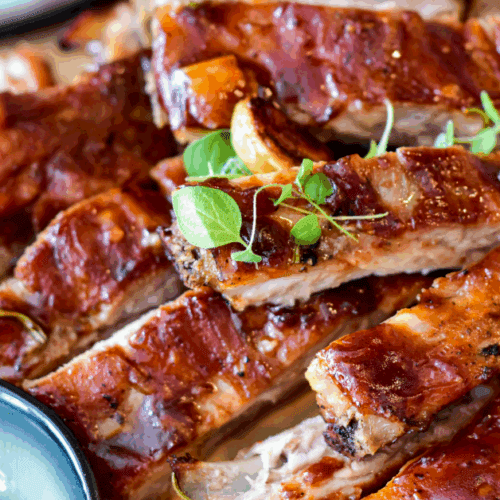
Smoked Huli Huli Ribs Recipe
Ingredients
- 2 racks of baby back pork ribs membrane removed
- 1 cup pineapple juice
- ½ cup soy sauce
- ½ cup brown sugar
- ¼ cup ketchup
- ¼ cup rice vinegar
- 1 tablespoon fresh ginger grated
- 3 cloves garlic minced
- 1 tablespoon Worcestershire sauce
- 1 tablespoon sesame oil
- 1 teaspoon crushed red pepper flakes optional
- Kosher salt and black pepper for seasoning
- Wood chips for smoking kiawe, apple, or cherry recommended
Instructions
- Prepare the Marinade:
- In a bowl, whisk together pineapple juice, soy sauce, brown sugar, ketchup, rice vinegar, ginger, garlic, Worcestershire sauce, sesame oil, and red pepper flakes. Reserve ½ cup of the marinade in a separate container for basting.
- Marinate the Ribs:
- Season the ribs with salt and pepper. Place them in a large resealable bag or dish and pour in the marinade. Marinate in the refrigerator for at least 6 hours or preferably overnight.
- Prepare the Smoker:
- Preheat your smoker to 225°F (107°C). Add wood chips according to your smoker’s instructions.
- Smoke the Ribs:
- Remove the ribs from the marinade and pat dry slightly. Place them on the smoker, meat side up. Smoke for 3 hours.
- Wrap and Continue Smoking:
- After 3 hours, wrap the ribs tightly in foil and return them to the smoker for another 2 hours.
- Finish and Glaze:
- Unwrap the ribs and brush with the reserved marinade. Smoke uncovered for 1 final hour, basting occasionally to build a sticky, flavorful glaze.
- Rest and Serve:
- Remove the ribs from the smoker and let them rest for 10 minutes before slicing. Serve with your favorite tropical sides.
A Legacy Carried in Smoke and Sauce
Smoked Huli Huli ribs represent more than just a delicious recipe—they are a celebration of cultural legacy, innovation, and the spirit of ‘ohana. From Ernest Morgado’s pioneering Huli Huli chicken to the modern reinterpretations found in backyard smokers and bustling urban kitchens, this dish has traveled far, gathering new influences without losing its roots. Each bite tells a story of Hawaii’s rich history, its multicultural tapestry, and its passion for food that brings people together.
In today’s culinary landscape, where the line between tradition and experimentation continues to blur, smoked Huli Huli ribs stand as a flavorful reminder that food is both heritage and evolution. Whether you are a pitmaster looking to try something new, a Hawaiian transplant longing for a taste of home, or simply a curious foodie drawn to bold, tropical flavor, Huli Huli smoked ribs offer an unforgettable journey—one that begins in the islands and ends in the soul.
Let the smoke rise and the flavor linger, because Huli Huli ribs have carved out their place in barbecue history—and their story is far from over.



